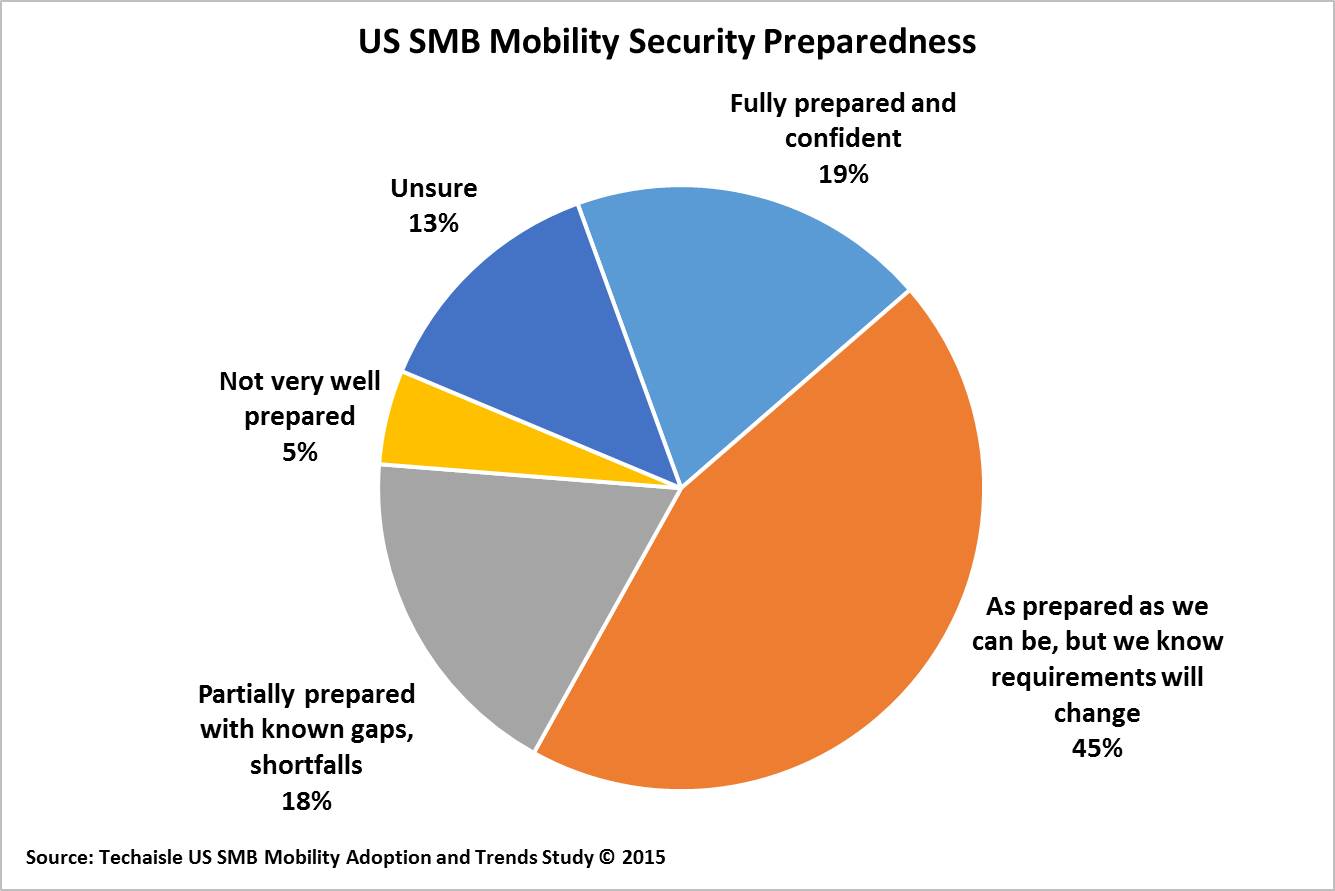Results from the Techaisle SMB 2015 Virtualization surveys in the US, EMEA, Asia/Pacific and Latin America indicates that client virtualization has not been as widely adopted by SMBs as server virtualization. VDI is quite a lot less common than server virtualization, and DaaS adoption is still in its early stages. Techaisle believes that most midmarket firms that have invested in VDI and especially DaaS are still experimenting with the technology, and that most small businesses are still several years away from even this level of preliminary adoption.
Techaisle is able to draw on its multiple large-scale global SMB surveys to illustrate changes in SMB VDI/DaaS adoption drivers, and is able to add context from its SMB channel research to illustrate similarities and differences in perspective between SMB buyers and their primary IT advisor/supplier community.
Comparing 2015 and 2013 reasons for using VDI/DaaS
The key theme in the 2015 responses is “control”: SMBs are looking for more effective backup and disaster recovery, for more security, for means of assuring regulatory compliance, and for a platform that supports scalability and flexibility. With the exception of “reduce operating cost,” 2015 respondents are not particularly focused on cost issues, or on support for mobile apps.
The 2013 findings reflected a different set of SMB user needs. Two years ago, apps were paramount, with providing “access to applications from anywhere on any device”, “improving the availability of applications” and “deliver services on demand” the first, second and fourth highest-ranked responses. In 2015 these factors rank seventh, ninth and tenth on the list.
It seems clear that while an earlier generation of SMB VDI/DaaS adopters was looking for a means of delivering apps to users, today’s SMBs are looking to VDI/DaaS as a means of increasing control over mobile assets. This may be in part a reaction to generally-greater access to capable mobile apps, but it may – and in Techaisle’s opinion, does – reflect much greater awareness and concern over corporate data security concerns arising from widespread use of mobility.
SMB and Channel Disconnects
If we compare 2015 SMB buy-side and SMB channel responses, we see that the channel has not moved from “app” to “control” as fully as the SMB user community. SMB buyers prize control options – backup and DR, security, and compliance – and also acknowledge the importance of OPEX reductions and scalability. The channel believes that SMB clients primarily value scalability and flexibility, and also understand the need for control over regulatory and backup/DR, but are still focused on app delivery issues – “deliver services on demand” and “anywhere/any device app access” – that have fallen in the buy-side priority queue.
Targeting by IT Sophistication Segmentation
Techaisle’s IT sophistication-based segmentation finds that there are pockets within the global SMB market that are progressing faster than their employee size group peers. Advanced IT small businesses are five times as likely to be using VDI today as Pre-IT organizations. While DaaS is less well established, roughly a third of the small business Advanced IT group is using or planning to begin use of DaaS as well.
Within midmarket businesses VDI penetration does not vary much by sophistication segment, indicating that it has reached a relatively common level of use. DaaS, on the other hand, is still wending its way through midmarket users: 10% of Basic IT firms, 20% of Advanced IT firms and 31% of Enterprise IT firms have at least initial trials underway. DaaS messaging should therefore be targeted primarily at the more sophisticated SMB user communities.











